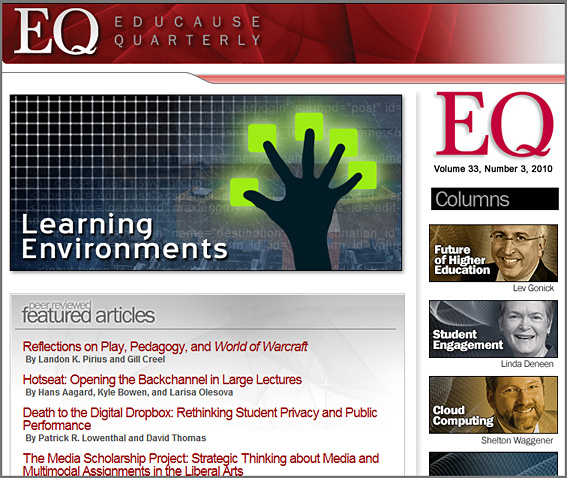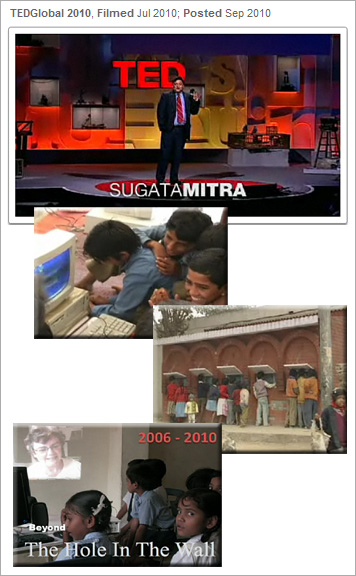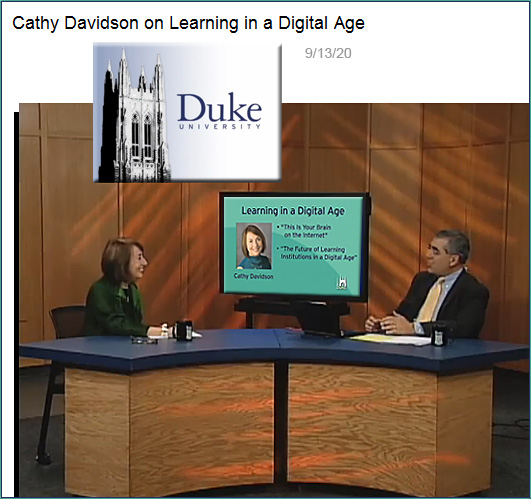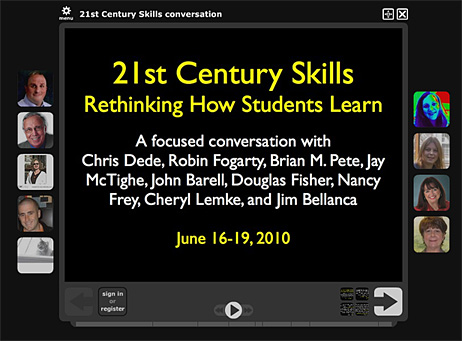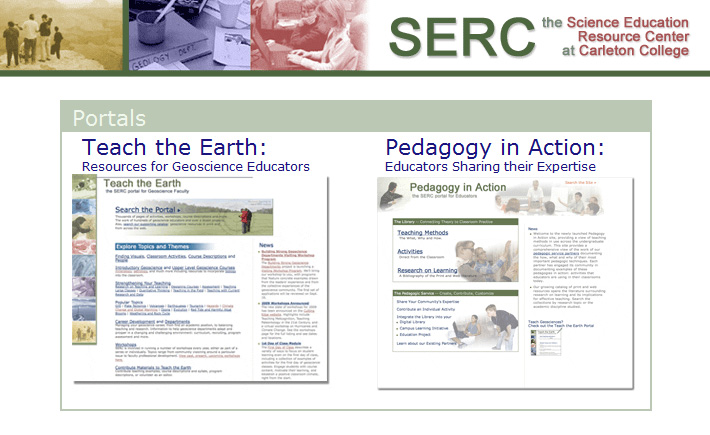How music teachers got their groove back: Music instruction goes digital — from The Journal by Jennifer Demski
Faced with meager enrollment in band, orchestra, and choir programs, schools are using digital technology to excite students about creating music on today’s terms
Resources for music instructors
Technology Institute for Music Educators (ti-me.org):
A nonprofit organization that provides professional development and technology certification to music educators. Members have access to more than 1,000 lesson plans designed to aid in the application of music technology, grant writing advice, an online discussion group, and more.
Music Educators Professional Learning Network (musicpln.org):
A free online social networking environment that offers peer support and information on integrating technology into music education.
National Association for Music Education (menc.org):
A professional organization that provides support in all areas of music education, including the integration of technology in the music classroom.
Other links mentioned:
- Avid: avid.com
- Barbara Freedman’s website: musicedtech.com
- Carol Broos’website: beatechie.com
- GarageBand: apple.com/ilife/garageband.com
- Sibelius: sibelius.com









